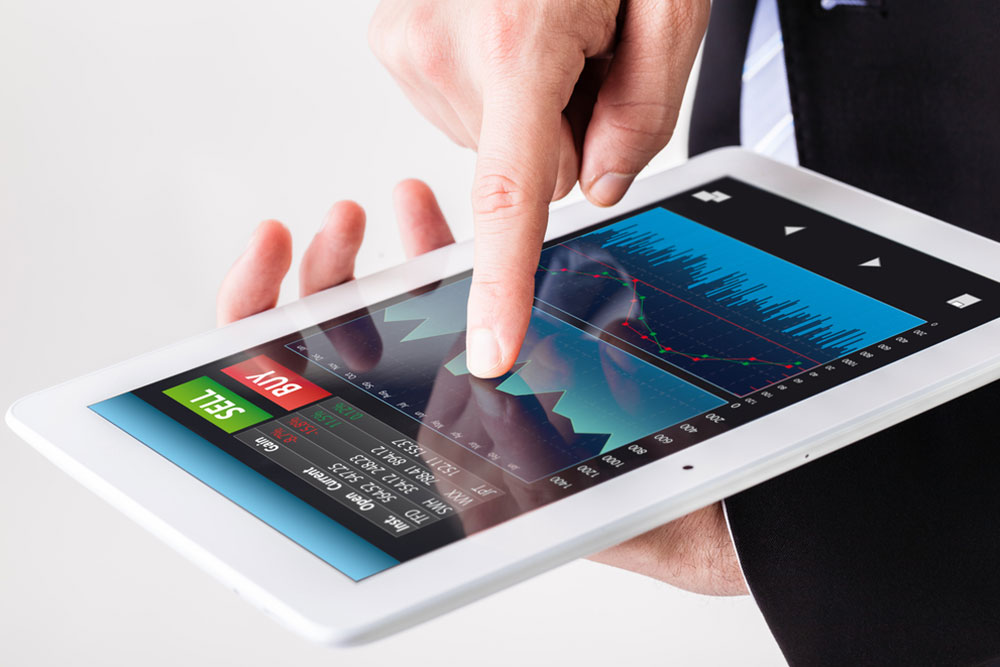Comprehensive Guide: Choosing the Ideal Tablet – Apple iPad vs. Android Devices
This extensive guide compares Apple iPad and Android tablets, highlighting their features, advantages, and limitations. It helps users determine the best device based on their budget, needs, and preferences, covering aspects like ecosystem, performance, and connectivity. Whether for professional use or casual browsing, find out which tablet suits your lifestyle best and make an informed purchase decision.

Comprehensive Guide: Choosing the Ideal Tablet – Apple iPad vs. Android Devices
In today's digital age, selecting the right tablet can significantly enhance your productivity, entertainment, and daily connectivity. With a myriad of options available, two dominant choices often emerge: the Apple iPad and various Android tablets. Each offers distinct features, advantages, and limitations that cater to different user preferences and needs. To make an informed decision, it's crucial to understand the core differences between these platforms, their performance, ecosystem, price points, and suitability for specific use cases.
Apple's iPad has established itself as a market leader, renowned for its sleek design, seamless user experience, and robust app ecosystem. Its intuitive interface, combined with high-quality hardware, appeals to both casual users and professionals. Despite its premium pricing, the reliability and longevity of Apple devices justify the investment for many consumers. However, the closed ecosystem and limited peripheral compatibility might pose challenges for some users who require extensive customization or third-party accessories.
On the other hand, Android tablets offer a diverse ecosystem with a wide range of models spanning various price points—from budget-friendly options to high-end devices. They excel in flexibility, allowing users to customize their device experience extensively. Android tablets often provide superior connectivity options, including multiple ports and compatibility with a broad array of peripherals. Though they can sometimes suffer from software fragmentation, leading to bugs or security vulnerabilities, their affordability makes them appealing for casual users or those seeking a secondary device.
Deciding between an Apple iPad and an Android tablet hinges on several critical factors. These include your budget, intended usage (such as professional work, creative tasks, gaming, or casual browsing), preferred ecosystem, and compatibility needs. Understanding these elements can help you identify the device that best complements your lifestyle and requirements.
Apple's iPad is particularly favored for its strong security features, seamless integration within the Apple ecosystem, and high-quality display. Its App Store offers a curated selection of applications optimized for tablet use, making it a preferred choice for creative professionals, students, and enterprise users. The hardware's durability and software updates further enhance its appeal, ensuring long-term usability. However, the higher upfront costs and limited customization options might deter budget-conscious consumers or tech enthusiasts who prefer open platforms.
Android tablets, meanwhile, shine in affordability and versatility. They come in various sizes and specifications, often equipped with features that suit diverse needs—from media consumption to mobile productivity. Android's open-source nature allows users to sideload apps and customize their interface extensively. Additionally, many models offer expandable storage via microSD cards, which can be a significant advantage for users with large media libraries. The trade-offs include potential inconsistency in update distribution and varying hardware quality among manufacturers.
When choosing the best tablet for yourself, consider your primary activities. For instance, if you prioritize a streamlined experience, access to high-quality creative and productivity apps, and ecosystem cohesion, the Apple iPad is likely the better fit. Conversely, if you seek affordability, flexible connectivity, or a device that can be tailored to your specific needs, an Android tablet might be more suitable.
In conclusion, both platforms have their merits and challenges. Buyers should evaluate their budget constraints, preferred features, and usage scenarios before making a final decision. Investing in a tablet is not just about current needs but also future-proofing, so considering the long-term support and ecosystem compatibility is essential for a satisfying purchase. Armed with this comprehensive understanding, consumers can confidently select the device that aligns best with their personal or professional requirements.
Ultimately, the choice between an Apple iPad and an Android tablet comes down to balancing performance, customization, ecosystem, and cost. By carefully assessing what matters most—be it seamless integration, app availability, or budget—you can find the perfect tablet that elevates your digital experience.
Choosing the right tablet depends on your specific needs, preferences, and budget. Apple iPads offer reliability, performance, and a premium experience suited for professional and creative tasks. Android tablets provide affordability, flexibility, and a broad range of options, making them ideal for casual users and those seeking customization. Carefully consider your usage scenario to select the most suitable device that ensures satisfaction and future relevance in your digital life.





